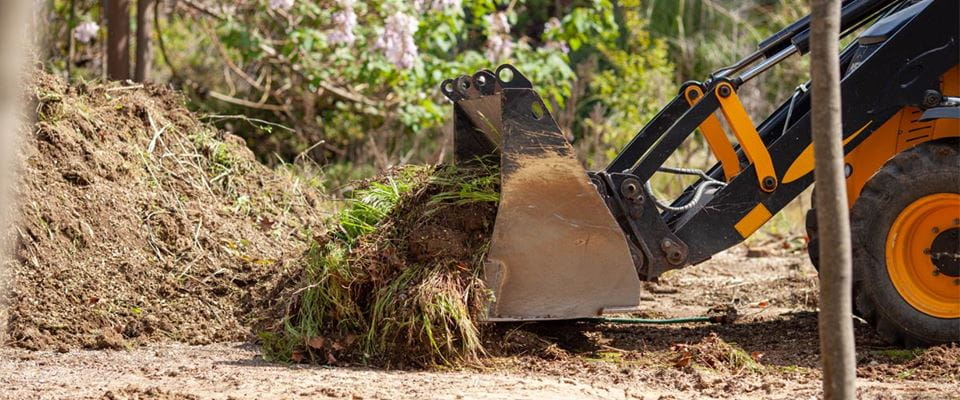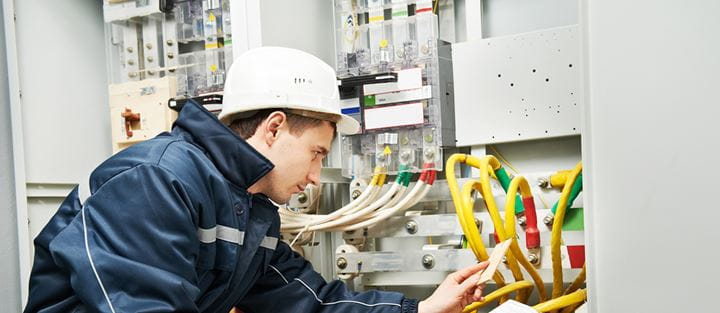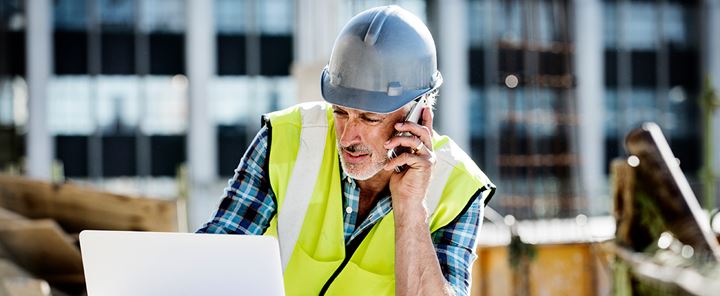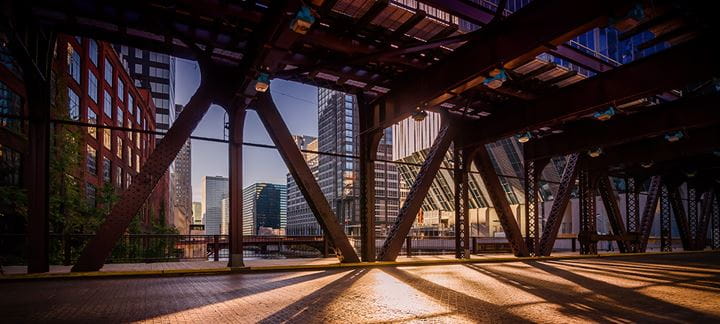This has not escaped the attention of governments and regulators and, in recent years, tougher UK and EU legislation, such as the Environmental Liability directive, which includes the ‘polluter-pays’ principle2, has significantly increased the potential costs associated with environmental incidents in construction.3 In turn, that has seen building and construction firms prosecuted for pollution events – with fines handed down ranging from a few thousand pounds4, but legally the fines are unlimited.5
Clearly, then, there is a pressing need for building and construction firms to avoid or carefully manage polluting activities and reduce their environmental impacts more generally – and to take out environmental liability insurance to help protect their finances and reputations if the worst should happen.
But what are the main environmental risks that construction firms need to consider as part of their risk management and insurance arrangements? Broadly speaking, they break down across three areas: Construction air pollution, construction water pollution, and construction noise pollution.
Environmental Impact of Construction: Air Pollution
Construction is a relatively high contributor to air pollution6, and air pollution causes can include land clearing, operation of diesel engines, demolition, burning, and working with toxic materials.7
As anyone who has worked on site will know, construction can generate a lot of dust, whether from building materials like cement and stone, from vehicles on site, or from demolition activities7 – and there is a risk this dust can impact local environments.
Environmental Impact of Construction: Water Pollution
In construction, water pollution can occur when water containing pollutants from a site runs off into surrounding water courses.
The risks here can be as simple as heavily silted water being discharged into a nearby river or stream, known as sediment pollution, or a less visible issues like surface water run-off containing harmful chemicals like paints, solvents, and diesel. Meanwhile, chemical pollutants can soak into groundwater, affecting drinking water.7
Environmental Impact of Construction: Noise Pollution
Noise may not be the first issue to spring to mind when it comes to the environmental impacts of pollution, but it is a potentially serious issue all the same.
Clearly, construction sites can be noisy places, thanks to the extensive use of heavy plant, vehicles and machinery, but also from shouting and loud radios.7 High levels of site noise carries a risk of affecting local residents and construction workers – but can also have an effect on local wildlife.6
Environmental Liability Insurance
For the construction industry, all these risks create a real challenge. Failing to put in place proper controls to manage the environmental impacts of construction can lead to Environment Agency (EA) investigations, prosecution, and, in some cases, an unlimited fine and imprisonment.5
On top of that, firms found to have polluted the local environment may have to cover the cost of remediating environmental damage, and face legal action from third parties – local residents or businesses for instance – seeking compensation.
Taken together, that can add up to significant financial consequences and, since the EA can publish details of enforcement action8, serious reputation damage.
Clearly, there is no substitute for effective management of environmental risks on construction sites, for instance putting in place and following a detailed environmental management plan.
However, if the worst should happen, putting in place environmental liability insurance may prove to be more than just good practice. Environmental liability insurance offers cover for liabilities arising from pollution or environmental damage including clean-up of pollution, third-party bodily injury and property damage, and in dealing with the aftermath if an accident or unforeseen incident leaves a firm held liable for a pollution event – helping with legal defence fees, civil damages, and clean-up costs.
You can find out more about environmental liability by contacting your local office.
Sources:
1. http://www.sustainablebuild.co.uk/pollutionfromconstruction.html
2. https://www.daera-ni.gov.uk/articles/environmental-liability
3. https://www.abi.org.uk/products-and-issues/choosing-the-right-insurance/business-insurance/liability-insurance/environmental-liability-insurance/
4. https://www.theconstructionindex.co.uk/news/view/builder-fined-for-illegal-bonfire
5. https://uk.practicallaw.thomsonreuters.com/6-503-1654?__lrTS=20200501034548886&transitionType=Default&contextData=(sc.Default)&firstPage=true
6. https://www.highspeedtraining.co.uk/hub/pollution-from-construction/
7. http://www.sustainablebuild.co.uk/pollutionfromconstruction.html
8. https://www.gov.uk/government/publications/environment-agency-enforcement-and-sanctions-policy/environment-agency-enforcement-and-sanctions-policy
Real-world insight that we don't share anywhere else
Get access to exclusive help, advice and support, delivered straight to your inbox.











